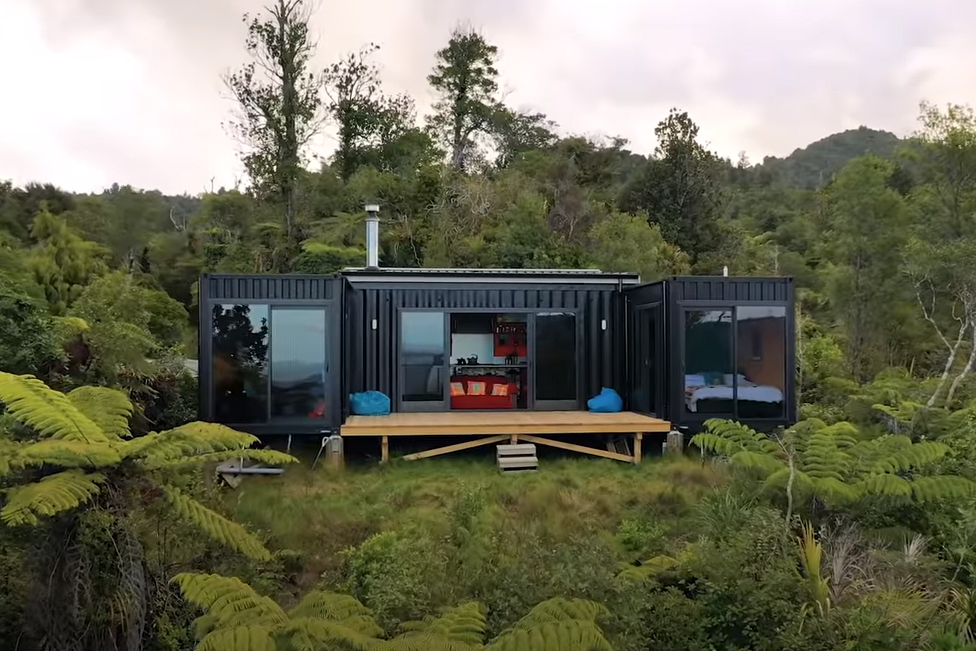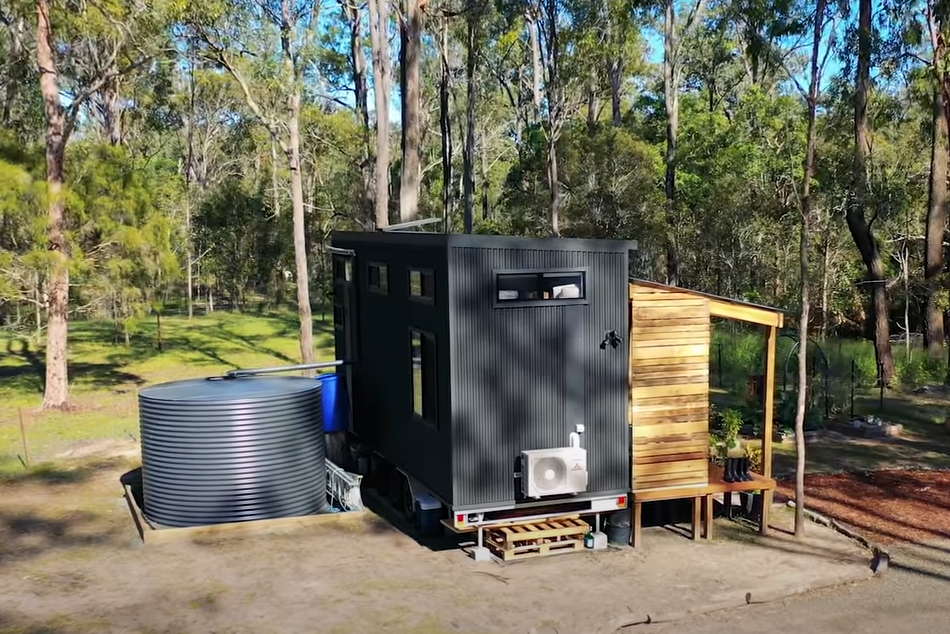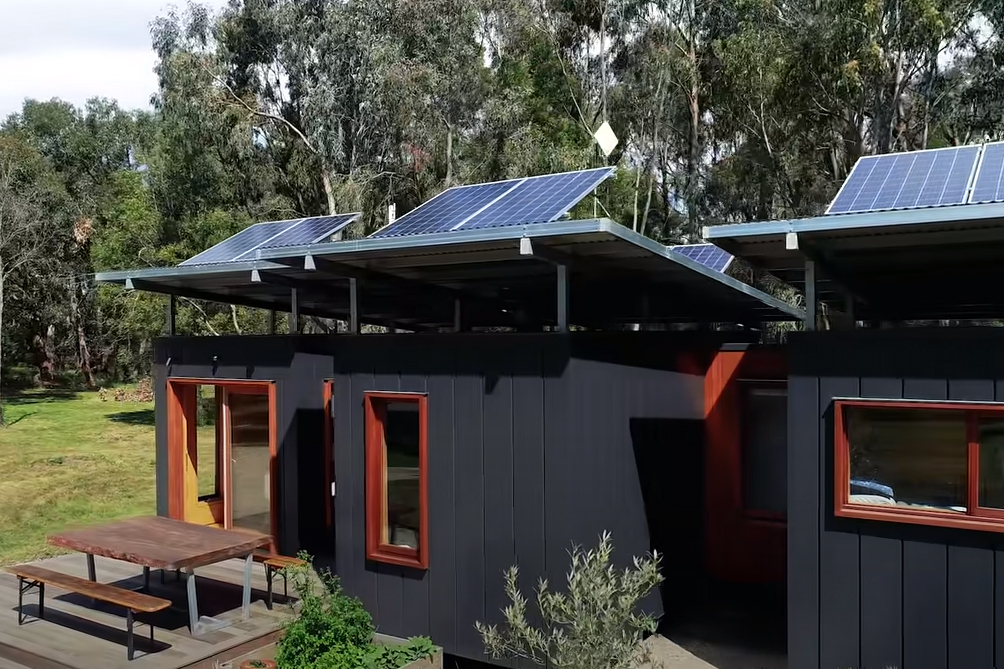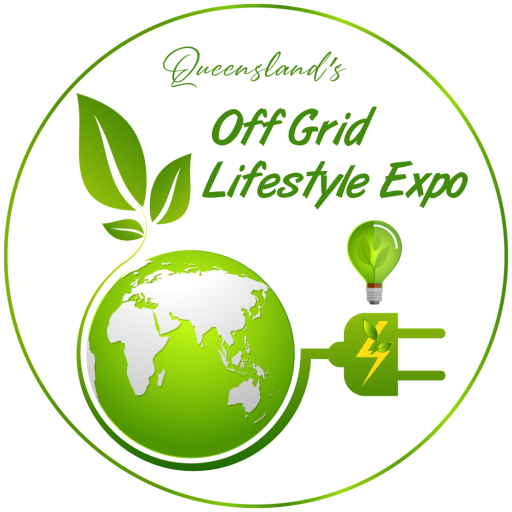
Living Off Grid
What does it mean and where do you start?
Living off grid simply means not being dependent on the everyday utilities, mains gas and electricity, sewerage & town water.
When you live off the grid, you’re essentially self-sufficient, and able to take care of your own power, water and waste products using alternate methods such as solar panels or wind turbines for your power, rainwater tanks and either a composting toilet or eco sceptic systems that turn sewerage into usable grey water.
The desire to live in a more sustainable manner is growing in popularity in Australia and many other parts of the world. As such more affordable and smart technologies are emerging, allowing people to still enjoy a comfortable lifestyle while significantly reducing their impact on the environment.

Living Off Grid Starts with doing your homework
- Find the Right Location
- Building the home you need now and one that can be added to if necessary
- Design for passive heating and cooling
- Install Off Grid Solar Power
- Off Grid Water Systems – where are you getting your water from?
- Waste Disposal – This is location dependant
- Growing Your Own Food and making your own products
- Be honest with yourself. What kind of person are you and what do you need to be happy?
- Is it just you or do you have family or friends coming with you?
I don’t like people in my home. I am happy to go to other peoples homes, meet out for lunch or events but when it comes to my home, that is my space and I am very particular about who is welcome in it.
You may be a social person who enjoys people around you. This is something you need to consider when choosing your location and your set up. How far are you from town, do you have close neighbours, maybe you could join your local SES or Rural Fire Department. Or volunteeer your time in the community as this is a great way to meet people.
Living in Australia is great for an off grid lifestyle as it offers many different environments, from hot tropical places, temperate regions, through to dry and cold locations. What you can grow will depend on your weather, as will your power needs. If you live somewhere that requires air conditioning 6 months of the year or heating over autumn and winter then you need to allow for more power output or come up with solutions that don’t require power. This brings us to designing your home for passive heating and cooling to reduce the need for power based solutions.
Finding the perfect property is the most difficult and most important part of this process. There are lots of considerations and compromises you may need to make. At its core, the perfect off grid location needs to check these boxes:
Legal for off grid living (in regards to permits, building codes, zoning, etc.)
Cost, don’t forget to take into account property rates, mortgage payments, insurance, and other expenses, if you live in a remote area additional transport costs could be a factor.
Do you have resources for self sufficiency, such as good soil, ample water, trees for shade and open space for growing food.
A natural water source such as a bore, spring, creek, or river is important as we do experience prolounged droughts is some parts of Australia.
Designing your home to make the most of the sunlight during winter, with adequate cooling for summer.
The amount of land necessary to live off grid will vary widely for every person and family but ideally you need an acre or more.
You also need to decide how you are going to make a living. Will you continue your existing job, build a remote online business, or move into agriculture as your primary source of income?
2020 was a game changer for many people, and a new understanding of how reliant we are on big companies and available of ready resources, especially in times of difficulty as we all witnessed with the panic buying during COVID.
There are many different reasons people are choosing this lifestyle, for some it is a personal journey and taking responsibility for their impact they are having on the earth, for others it is simply an affordable alternative, either way the result is the same. We use less resources, live a healthier lifestyle with more nutritious food while learning new skills, and do our bit to help the earth.
With housing costs on the rise, more and more Aussies have been looking into different options for housing and there are plenty of choices.
Shipping containers, buses being converted into homes and premade camper homes, and the adorable tiny homes are among the top choices. Some still build in the normal way but are opting for smaller homes and not connecting to mains power, water or sewerage.

There can be a lot of upfront costs if you want to switch to this kind of lifestyle, but the returns are big once you’ve settled in. According to the people who’ve tried it, switching to off-grid living can pay for itself within three to five years. When you compare this to the price of buying a home it is an attractive offer, not many can pay off their home in 5 years.
Is it legal to live off the grid in Australia?
The answer is yes but with a few conditions.
For example:
- Zoning and housing permits: Each town may have its own laws about living off-grid, so it’s best to check the local regulations about living off-grid.
- Rebates and incentives: If you get your off-grid setup up and running, you might be eligible for incentives from the government. These can further help offset the costs of switching to this kind of lifestyle. Such as the solar rebates on offer.
You need to do a bit of research, while it is easier in 2021 to switch to an off-grid set up, you should look at the laws governing construction and land use in your area before you begin.
Power choices, this is the big one as we all want to be able to run a fridge and cook a meal with the same level of convenience we now enjoy.

Solar Power
Australia has become a world leader in solar power, particularly rooftop solar, with over 3.6 million households utilizing solar panels. This widespread growth is due to our climate having an abundant sunshine, combined with the need to our lower energy bills, and government incentives. Solar power, including both rooftop and large-scale solar farms, is a major contributor to Australia’s electricity supply, with solar now the largest source of renewable energy generation in the country.

Wind Energy
While wind power can be a viable renewable energy source for some Australian homes, it’s generally not a cost-effective or practical solution for most. Small-scale wind turbines require specific, consistent wind conditions that are not common in many residential areas.
Larger, commercial wind farms are more common and significantly contribute to Australia’s renewable energy supply.

